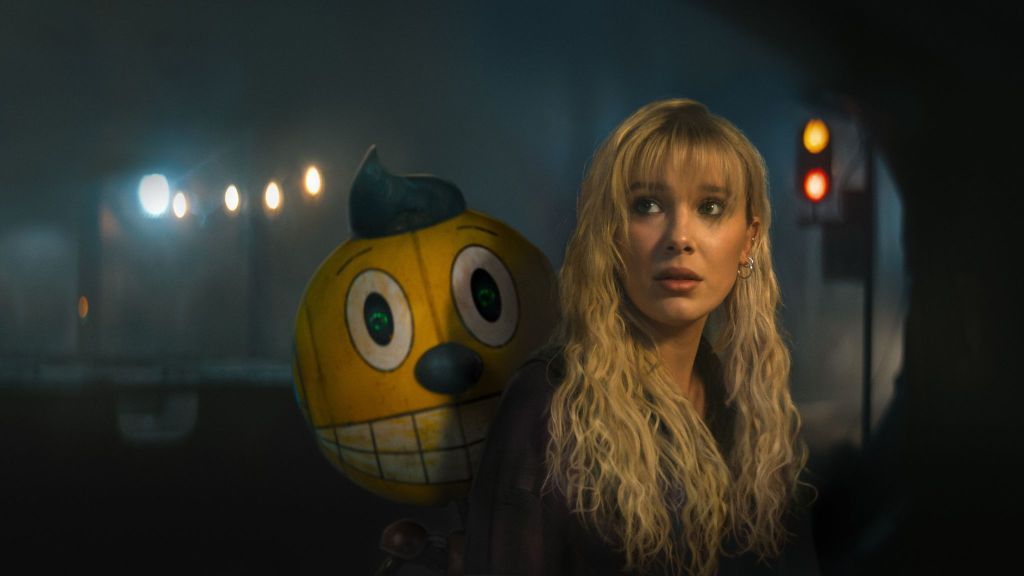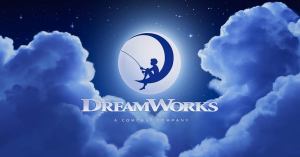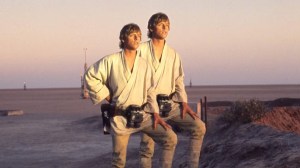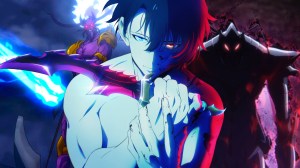The Russo brothers rose to international stardom due to their flawless run at Marvel Studios, where they helmed some of the MCU’s best movies, including Captain America: The Winter Soldier and Avengers: Infinity War. After helping make the Infinity Saga a critical and commercial hit, the Russo brothers helmed Cherry and The Gray Man, two thrillers that were meant to recapture the political thriller focus of the directors’ Captain America movies — both to lackluster results that failed to impress critics and entertain audiences. Now, the Russo brothers draw from the epic scope of their Avengers productions for The Electric State, a blockbuster starring Millie Bobby Brown and Chris Pratt with franchise ambitions. Unfortunately, the fact that The Electric State is another mediocre entry in the directors’ filmography raises serious questions about how much they were indeed responsible for their previous Marvel success.
Videos by ComicBook.com
Set in an alternate version of the 1990s, The Electric State imagines what the world would look like if advancements in robotics and artificial intelligence had led to the emergence of robots capable of replacing human labor. That’s already a juicy chunk of sci-fi for any movie to chew, but The Electric State is committed to going beyond and adding every genre trope to its list.
As the heavily expositional first act of The Electric State explains, the robots eventually grew dissatisfied with their slave condition and began to fight for freedom. Humanity didn’t like that, and war erupted. The battle against the machines was won thanks to the development of the Neurocaster, a virtual reality helmet that allows humans to control mechanical bodies from safety, ensuring the destruction of the working-class robots. Neurocaster technology can also split human consciousness in half so that every person can experience full-time leisure while a different part of their brain does chores by moving a metal husk around. Of course, the miraculous technology is controlled by an evil corporation that now rules humanity. That means The Electric State is a chaotic mix of the core concepts of Westworld, Ready Player One, and Severance, stealing ideas from everywhere it can and never using them beyond surface-level.
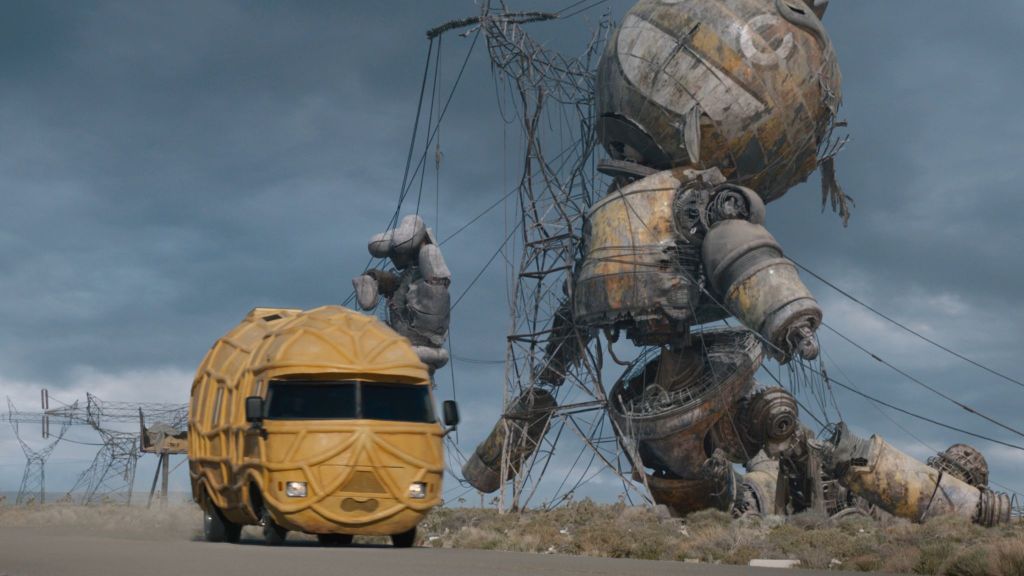
[RELATED: These Are the 10 Best Netflix Sci-fi Movies According to Rotten Tomatoes]
The bloatiness of The Electric State prevents it from having anything original to say about the questions it raises. Even worse, it feels like the movie didn’t properly consider how transformative each sci-fi concept it introduces would be. For starters, although The Electric State reveals that robots were created in the 1940s and quickly replaced manual labor, the movie’s 1990s is surprisingly still the same as our world’s. It doesn’t take much for audiences to wonder how the social structure and economics of the United States can remain unchanged when a literal army of workers disrupts the employment chain. Similarly, while The Electric State has a few scenes to show how addictive the constant pleasure of the Neurocaster can be, it doesn’t address its effects on everyday life.
The robots are the most significant sign of The Electric State’s shortsighted thematics. Each mechanical character of the movie is unique, with appendages, language patterns, and behaviour programming connected to their previous function in society. However, these apparent limitations contradict the movie’s premise that artificial intelligence became widespread in the robot class, to the point where they recognize their forced servitude and rightfully revolt against it. Either the robots are fully conscious as humans, or they are pieces of technology restrained by their specific programming. Yet, they are used by both the Russo brothers, who want to have quirky characters sprinkled all over the movie while also selling the idea that for reasons beyond understanding, someone gave a fully conscious artificial intelligence to a machine designed to cut hair.
The more you think about it, the less The Electric State makes sense, so it’s best to just unplug and enjoy the ride, right? Well, not quite. The Electric State is a formulaic blockbuster adventure that never dares to stray from the path defined in its first scene.
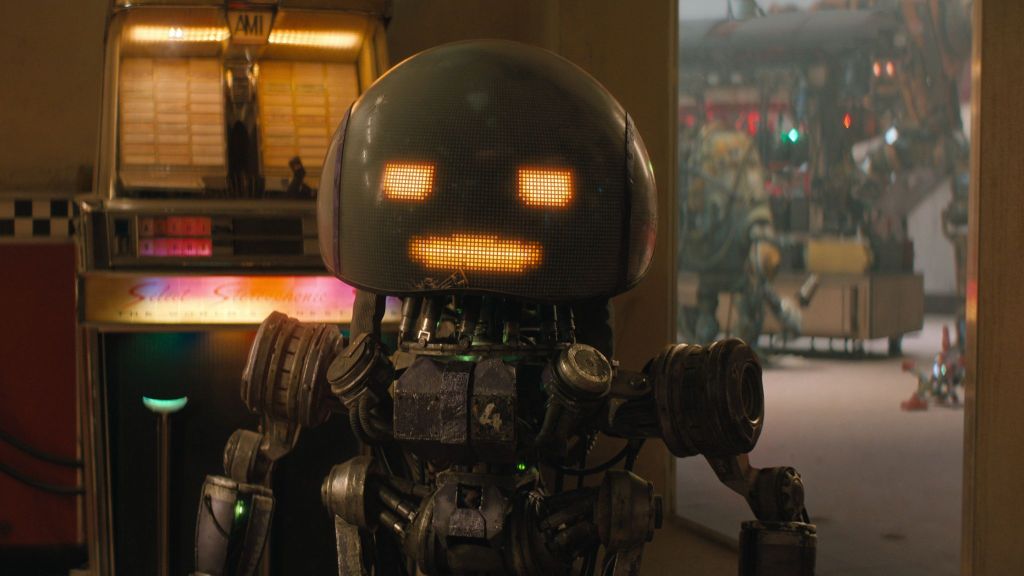
The story follows Millie Bobby Brown as Michelle, a teenager who embarks on a dangerous journey to find the brother she believed dead for years, Christopher (Woody Norman). Christopher has found a way to project his mind inside a robot that conveniently cannot speak more than a dozen different sentences, guiding his sister to the truth about his death. On their way, they join forces with former human soldier Keats (Pratt) and his robot friend Herman (voiced by Anthony Mackie), two smugglers who know how to move in and out of the Exclusion Zone where the metallic survivors of the war are now confined.
It doesn’t take long for audiences to connect the pieces by themselves and realize what’s happening. Still, The Electric State drags the story far too long, not offering a single spark of genuine surprise. Meanwhile, the Russo brothers will use every excuse they can to create set pieces, some are thrilling, but most are forgettable and pointless. Oh, and of course, every emotional scene has to be interrupted by the incessant quips and bickering that has plagued so many Marvel Studios productions in the past few years.
The Electric State is so uninspired that it tries to emulate the nostalgic value of Steven Spielberg movies, rekindled by the success of Stranger Things, by using the 1990s as an endless source of references that don’t connect to the whole narrative. A parade of toys, food, and needle drops is introduced to cause some emotional reaction from millennials. However, all these elements are carelessly thrown on the wall to see what sticks instead of having any meaning to the movie’s setting. As a result, they only highlight how the 1990s setting of The Electric State is nothing short of arbitrary.
There are a few silver linings, though. The Electric State features a talented cast, and even though Giancarlo Esposito and Stanley Tucci are restrained by one-dimensional characters, they do what they can to elevate the poor material. Pratt is less fortunate, as he’s asked to repeat the role of Star-Lord, albeit without the layers that give the character depth. Brown does what she can to carry the movie on her back, and it’s clear that she’s ready to tackle more challenging roles, if someone in Hollywood decides to give her a chance. Surprisingly, despite his limited screentime, Norman is a highlight of The Electric State, capable of leading the rare moving moments of the movie.
The biggest reason to watch The Electric State is its special effects. The VFX team fluidly blends digital models with animatronics to create a spectacle that’s nothing short of breathtaking. Using the mind-blowing budget Netflix decided to spend with The Electric State, the VFX crew pushes technology to its limit to make its cast of robots incredibly realistic, despite their comical designs, with an eye-popping result that sadly we don’t get to experience in theaters. That might not be enough to save The Electric State, but at least it gives you something beautiful to look at while enduring the blandness of its plot.
Rating: 2.5 out of 5
The Electric State comes to Netflix on March 14th.

